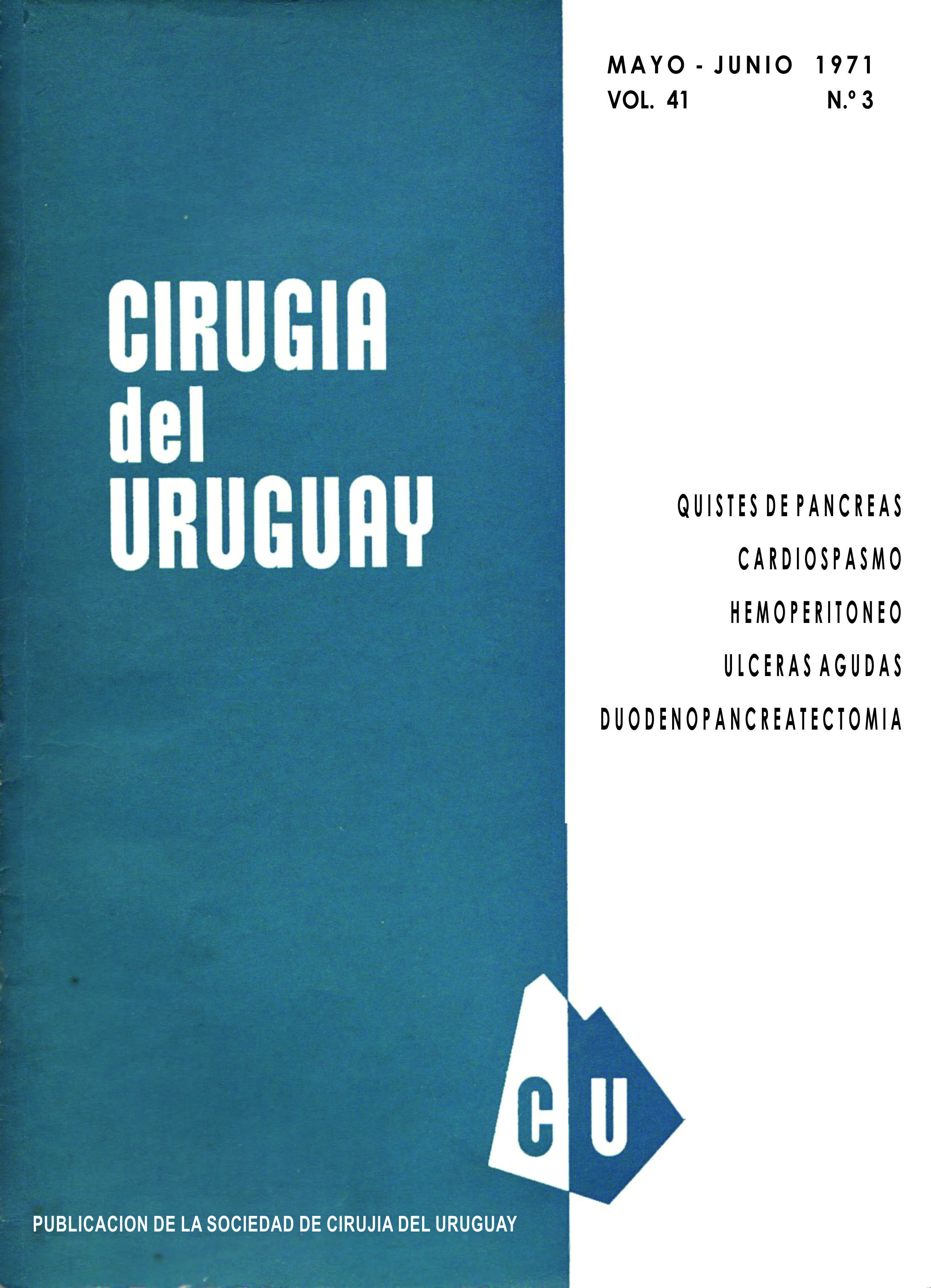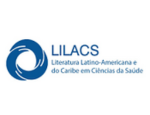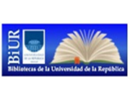Severe bleeding of colonic origin
Keywords:
hemorrhoid, hemorrhage, ulcerative colitisAbstract
Serious colonic hemorrhages constitute an infrequent complication, but when they appear it is a grave emergency. They are somewhat more predominant in males, most frequently in aged persons. 69 % of the cases present intense acute anaemia; the remaining 31 % , modera te anaemia.
It is easy to establish a diagnosis of hemorrhage but not a topographic diagnosis. Far this purpose it is useful to have tbe case hlstory; gastric probes are more adequa e than radiological study of the gastroduodenum.
Radiological study of colon through ingestion is useful in discarding hemorr hages of the final intestinal loops; that of the colon by enema helps diagnosis in 60 % of cases. This is not the case with rectosigmoidoscopy and rectal tactile examination which serve to discard lesions of the anal canal. Two causes stand out in serious colonic hemorrhage: diverticular
colopathy in the form of diverticular and colonic hemorrhagic arteriolopathies. The latter is more serious than diverticular colopathy because it affects patients with grave vascular liability and because there is direct bleeding of a vessel of important diameter with arteriosclerotic lesions.
In such cases the procedure followed is an intense medica} treatment, but if this fails, surgery is employed. The following maneuvers described as complementary to the surgical act, performed in .order to establish the original site of the hemorrhage, were not satisfactory when we employed them: rectosigmoidoscopy with the assistence of the surgeon; intraoperatory coloscopy and segmentary intestinal lavage.
The ideal treatment for these lesions is segnientary resection, but if the lesion is not found the surgeon should remember that he can resort to derivation colostomy, before effecting total colectomy.
Downloads
Metrics
Downloads
Published
How to Cite
Issue
Section
License
All articles, videos and images published in Revista Cirugía del Uruguay are under the Creative Commons CC licenses, which is a complement to the traditional copyright, in the following terms: first, the authorship of the referred document must always be acknowledged and secondly none of the article or work published in the journal may have commercial purposes of any nature. The authors retain their copyrights and give the magazine the right of first publication of their work, which will be simultaneously subject to the Creative Commons Attribution-NonCommercial 4.0 International License license that allows the work to be shared whenever the initial publication is indicated in this journal.


























